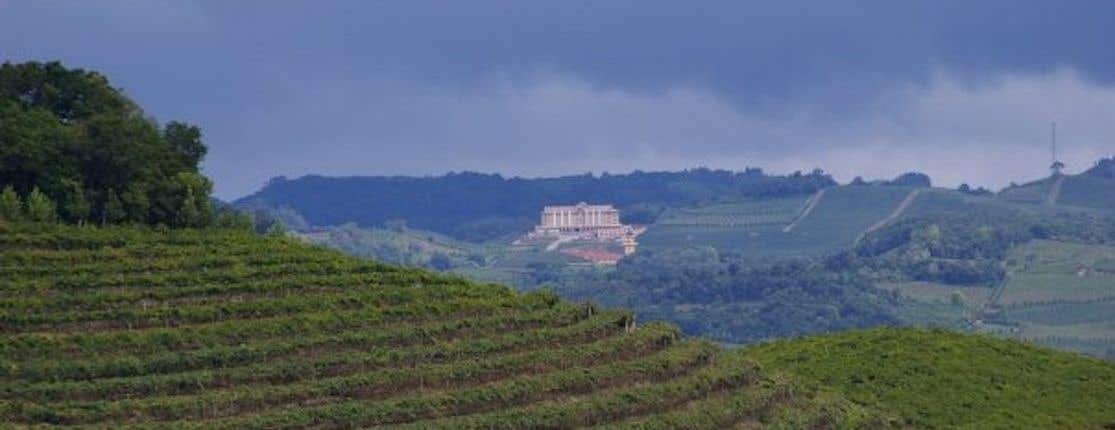Brazil

Brazil is the third most important producer in South America in terms of quantity but most of this wine is consumed locally. Quality has been improving since the early 1990s, spurred on by the import of foreign wines and Brazilians’ increasing interest in fine wines. Brazil’s wine industry is concentrated in the south on the high, rainy Serra Gaúcha in the Rio Grande do Sul state, with the best results coming from the subregion known as the Vale dos Vinhedos (Brazil’s first official appellation of origin). The high rainfall in the Sierra Gaúcha originally encouraged many to plant hybrid vines although European varieties are on the increase. Merlot is proving particularly successful, with Chardonnay also planted extensively. The cooler Planalto Catarinense region in neighbouring Santa Catarina state shows potential for Pinot Noir and Sauvignon Blanc.
Further south, the drier Campanha region on the border with Uruguay shows promise, as does its neighbour the Serra do Sudeste. Small amounts of wine are also made, from more than one crop a year, in the hot, tropical Vale do São Francisco in the north-east of the country.
As in Argentina, Chandon are important players in the domestic wine market, and they export a very good cuve close sparkling wine called Excellence.
Some favourite producers: Miolo, Salton, Villa Francioni.
See Wines of Brazil for more information on this region.